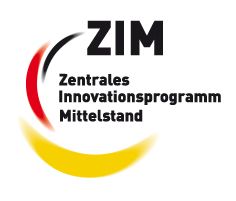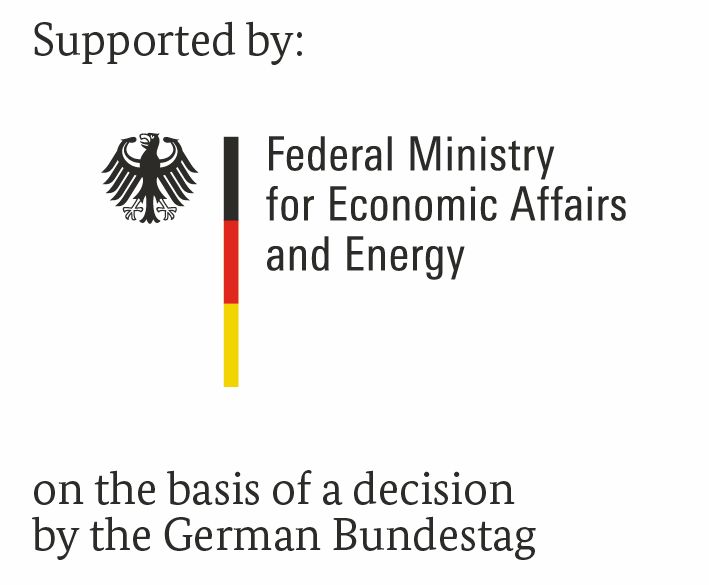Innovative materials for an altitude of 20 km
An aircraft, operating in the stratosphere, is able to cover an underlying area with a diameter of up to 400 km with telecommunications transmission or data transmission tasks. In this way the aircraft fulfills economic, ecological and technical contributions to the world's growing demand for information transfer and data transfer.
In particular, sparsely populated or previously undeveloped areas of telecommunications technology can be current areas of application. TAO Trans Atmospheric Operations GmbH for several years develops and builds for this application an airship-like-altitude platform (see HAP for Telecommunication).
Because of the low air density at an altitude of 20 km and the resulting decrease in the buoyancy necessary to fly, the aircraft must be extremely light. Furthermore the hull material of the TAO Sky Dragon has to satisfy even more important parameters:- Antistatic
- Compensation of temperature variations during the day
- Robustness against UV aging
In an approved research project of the German Federal Ministry for Economic Affairs and Energy the following parameters will be investigated together with research partner ITV:
- Modification of the hull material, the structure and operation concept, so that an antistatic treatment of the membrane structure is possible.
- The temperature of the gases within the aircraft varies during day (and night) and changes with the ambient temperature. It is therefore of particular interest to limit the temperature variations during the day. This can be achieved by the appropriate choice of optical surface properties of the membranes. The second objective of this research is therefore to adapt the optical surface properties to a temperature management concept to reduce the temperature variations.
- The atmospheric aging of airship membranes causes irreversible changes in the material properties. In addition to the mechanical stress effect due to the operation in the stratosphere, in particular the increased irradiance in the UV range, the increased ozone concentration and temperature fluctuations on the material, increases degradation , while in contrary lower ambient temperatures and the drought effect are slowing down degradation. The third objective of this research project is therefore the aging of materials, in particular the determination and measurement of the decrease of material strength and tightness and to slow down the aging process.
The results of the research will be implemented close to application.


